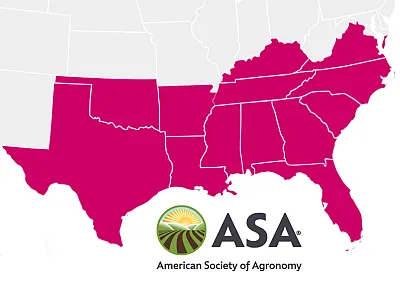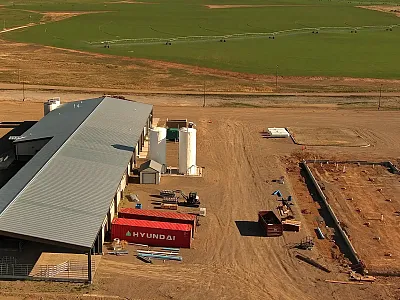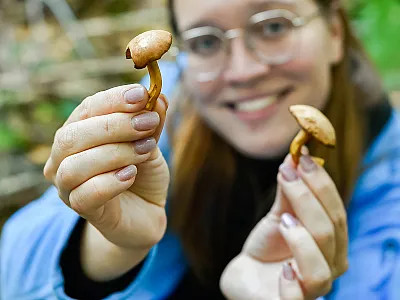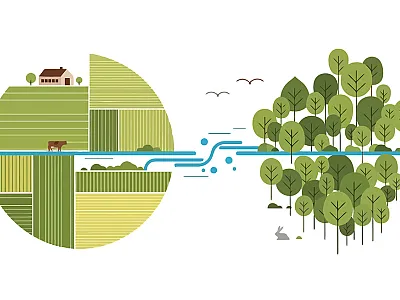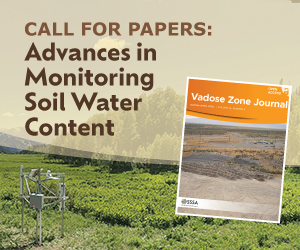Crop simulation is an important tool for predicting and mitigating agricultural risks
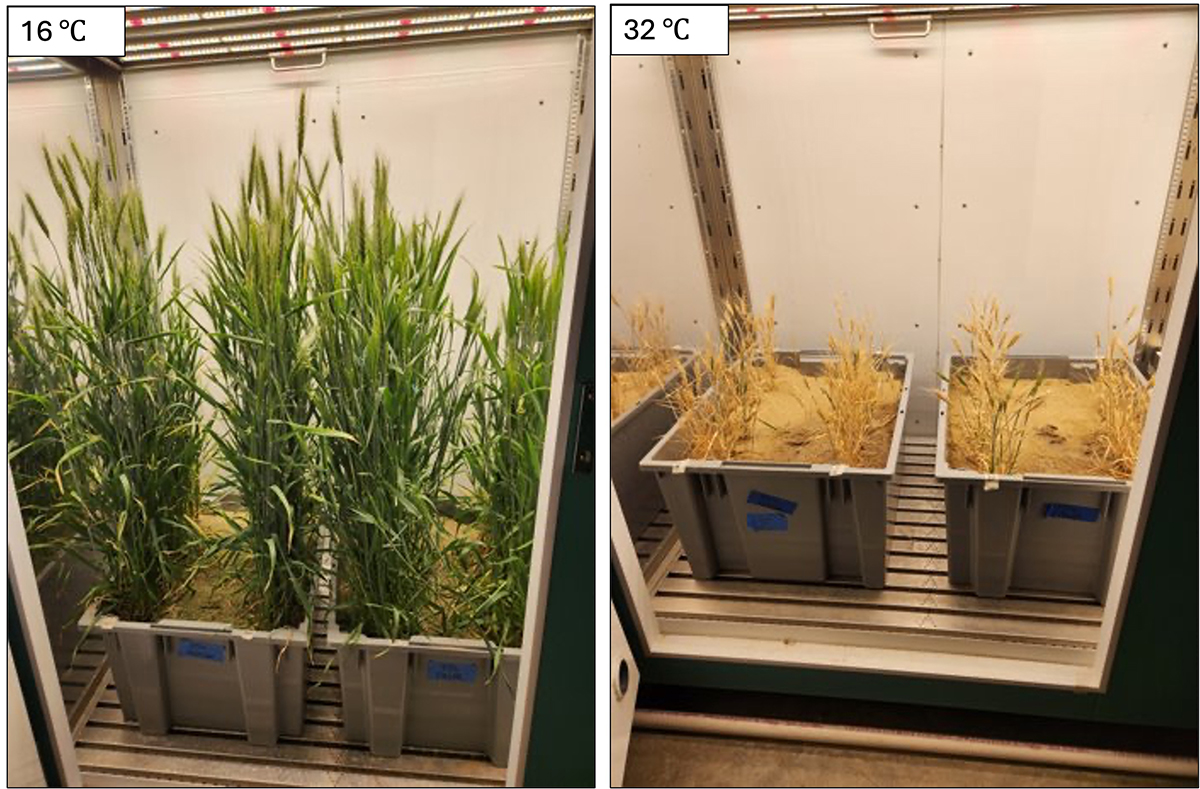
Past agricultural innovations that fed and clothed the world’s growing populations have almost reached their potential, and food security has been threatened by increasing extreme weather events, including heat waves and droughts. Adapting agriculture to unprecedented weather conditions requires understanding the agricultural system, which involves interactions among plants, environments, and management practices at short- and long-term scales. Crop simulation models describe complex processes within the agricultural system using mathematical equations and computer programs, like a virtual farm. Since their initial development in the 1960s, numerous crop simulation models with various levels of complexity and approaches have been developed and widely applied.
In an article published in Agrosystems, Geosciences & Environment, researchers at the USDA summarized the history of crop model development, diverse scientific approaches to simulate crop responses to the changing environment, and use cases of crop modeling for agricultural risk and resource management at field, regional, and global scales. The review provides an overview of the theory behind the intrinsic mechanisms of popular crop models and a summary of findings from their applications.
This information is useful to researchers, consultants, and policymakers who can use models to investigate different adaptation strategies and assess their effectiveness in reducing the negative impacts of the changing environment on agricultural production.
Dig deeper
Timlin, D., Paff, K., & Han, E. (2024). The role of crop simulation modeling in assessing potential climate change impacts. Agrosystems, Geosciences & Environment, 7, e20453. https://doi.org/10.1002/agg2.20453
Text © . The authors. CC BY-NC-ND 4.0. Except where otherwise noted, images are subject to copyright. Any reuse without express permission from the copyright owner is prohibited.





